What's the best petrol engine under Rs 20 lakh?
The idea was to find the engine that offers the best overall performance at an affordable price. So, we shortlisted the top six petrol engines that are on sale in cars in India today (under ₹20 lakh) and devised a unique method of testing to find the winner!

What’s the best petrol engine on sale in the country within a budget of 20 lakh rupees? We find out…
Words: Shivank Bhatt
Stick to the Basics and Success will Follow
Think of any successful brand or product, and you’ll immediately realise that the basics have to be right. Be it Toyota or Coca Cola, or any other popular brand, the reason these companies have been sitting on top for decades is that they never compromise on the fundamentals of their products.
Now, in the case of an automobile, what counts as the basics? Well, the powertrain, of course. You see, you can stuff a product with all kinds of gizmos, flashy lighting, and big tablets, but unless it gets the basics right, it won’t last very long in the market. This is something that’s quite apparent these days. Modern cars feel more and more like gadget-on-wheels, as opposed to an automobile. More features, more tech, and more frills are the order of the day, which means that the basics remain hidden underneath layers of marketing gimmicks. But then, as they say, the cream always rises to the top.
So, a couple of weeks ago, we decided to assemble the best petrol engines that are available on the market today, within a budget of ₹20 lakh. The idea was to find the engine that offers the best overall performance at an affordable price. So, to this end, we shortlisted the top six petrol engines that are on sale in cars in India today and devised a unique method of testing to find the winner.
The Super Six
For this test, we picked what we think are the top six petrol engine and gearbox combos available on the market today, within this budget of ₹20 lakh. The contenders include Skoda-Volkswagen Group’s 1.0-litre MT (Skoda Kushaq) and 1.5-litre TSI Evo engines (Taigun) with 7-Speed DSG, Maruti Suzuki’s 1.2-litre K12N Dual-jet motor (Toyota Glanza) coupled with a five-speed manual, Mahindra’s mStallion 200 (XUV700) with a six-speed automatic, Honda’s brand new 1.5-litre naturally aspirated i-VTEC mill paired with a six-speed manual, and Hyundai/Kia’s 1.4-litre T-GDI unit with the company’s seven-speed dual-clutch automatic.
Just to reiterate, these engines don’t just represent the cars that you see here but also the entire family of engines used in different vehicles across segments. For instance, the 1.0 TSI of the Kushaq also does duty in the Polo and Taigun. Similarly, the Taigun’s 1.5 TSI can be had with the Kushaq as well. The Glanza’s K12N engine is also found in the Swift, Dzire, and Baleno. The mStallion engine of the XUV also powers the Thar, although in a lower state of tune. And the Creta’s 1.4-litre turbo petrol is identical to the one available in the Seltos and Carens.
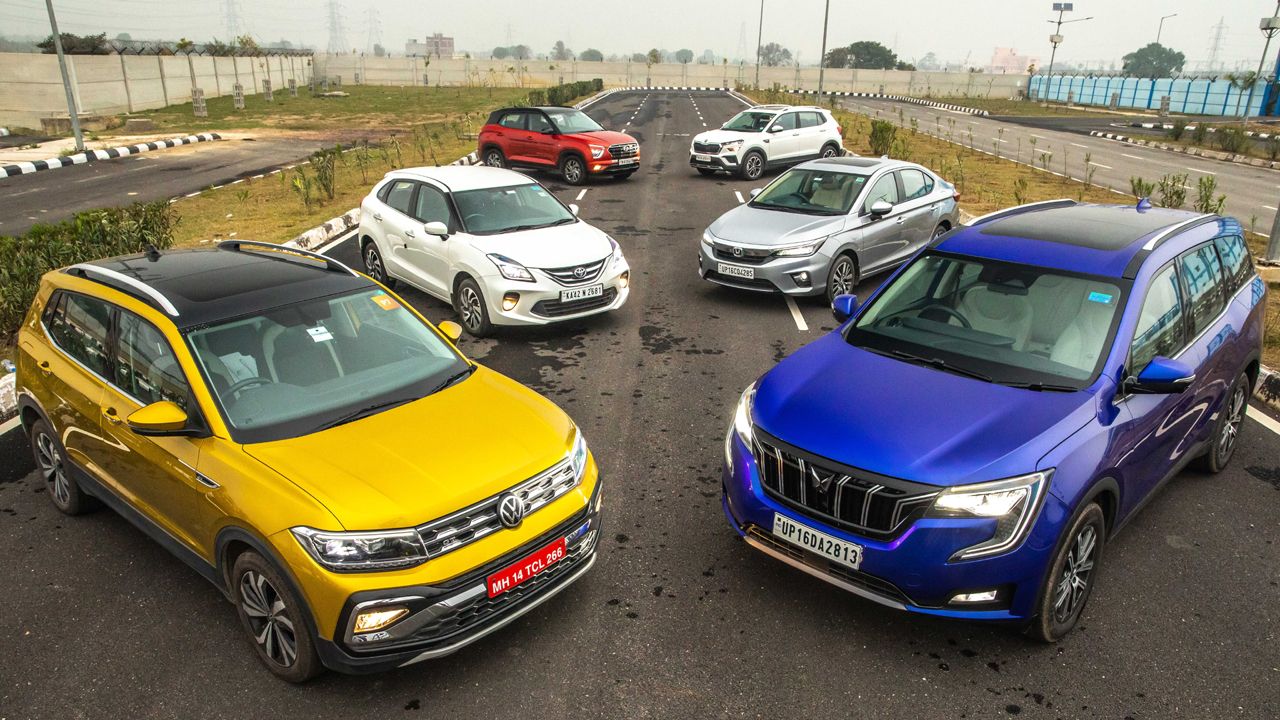
Of course, there are some more worthy engines that we desperately wanted to include in this test. In particular, Renault-Nissan Group’s astonishing 1.3-litre turbo. In fact, the Kicks Turbo CVT was supposed to be a part of this test, but Nissan India couldn’t get us the vehicle in time.
Similarly, the group’s 1.0-litre Turbo CVT (the Kiger and Magnite) motor was another one that we wanted to include in this test, but, in terms of quality and refinement, it isn’t a match to the others here. Last but not least, Hyundai’s 1.0-litre turbo (the i20 N Line, Verna, Venue) didn’t make it to the cut because both manual and DCT gearboxes in Hyundai/Kia cars aren’t as sophisticated as those that made the shortlist.
How will the Winner be Picked?
To decide the winner, we, too, stuck to the basics. Five of our road-testers scored each engine on a scale of 50 points against seven parameters – Performance (10), Fuel Efficiency (10), Fitness-of-Purpose (10), Refinement (5), Fun Factor (5), Technology (5), and Gearbox (5).
So, without further ado, here are the six contenders and how they fared in our test...
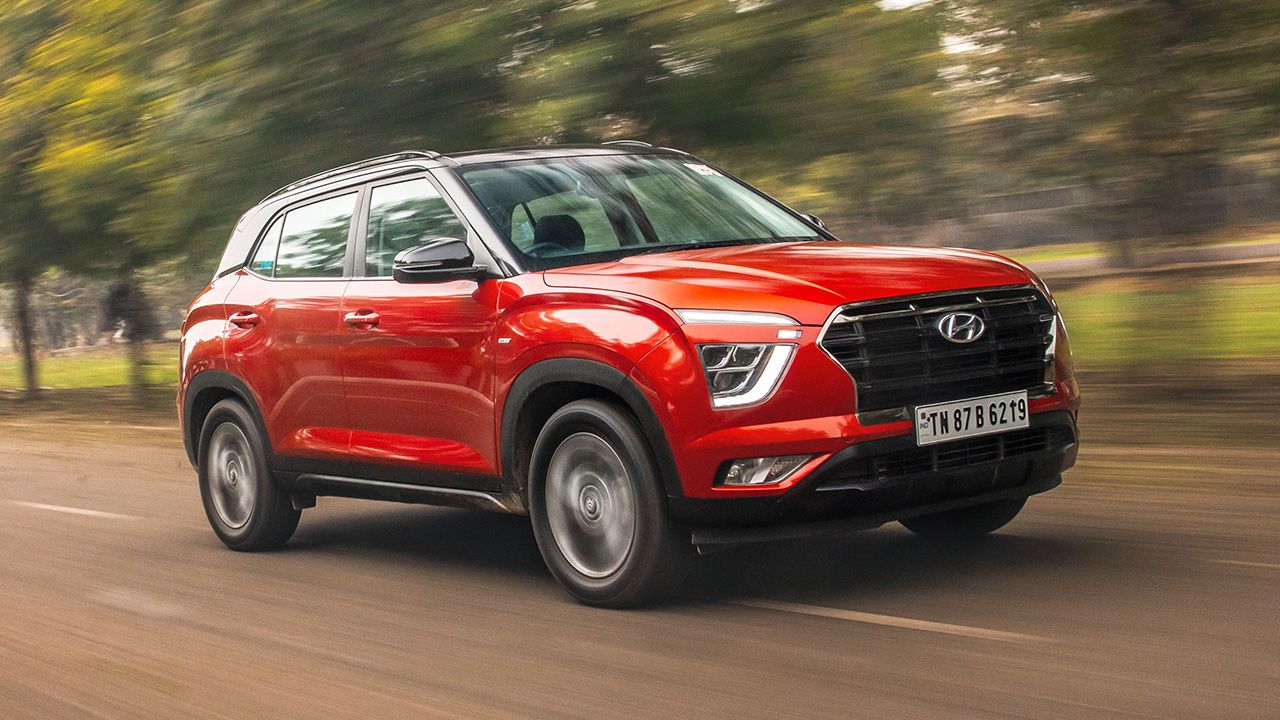
JACK OF ALL TRADES (1.4 KAPPA II T-GDi – HYUNDAI CRETA)
Words: Dhruv Paliwal
Found underneath the bonnets of the Hyundai Creta, Kia Seltos, and Kia Carens, the 1.4-litre Kappa II Turbo GDi is a jack of all trades. It makes 138bhp at 6,000rpm and 242Nm of torque between 1,500 and 3,200rpm. Pair it with the 7-speed DCT, and things get interesting.
Technical Mumbo Jumbo
Made out of aluminium, it’s 14kgs lighter than the 1.4 Gamma petrol engine, which came before it. Hyundai’s integrated direct injection and camshafts with continuously variable valve timing into the engine. The turbo has been placed inside the exhaust manifold. All of this results in better overall efficiency, reduced turbo-lag, and a smaller engine.
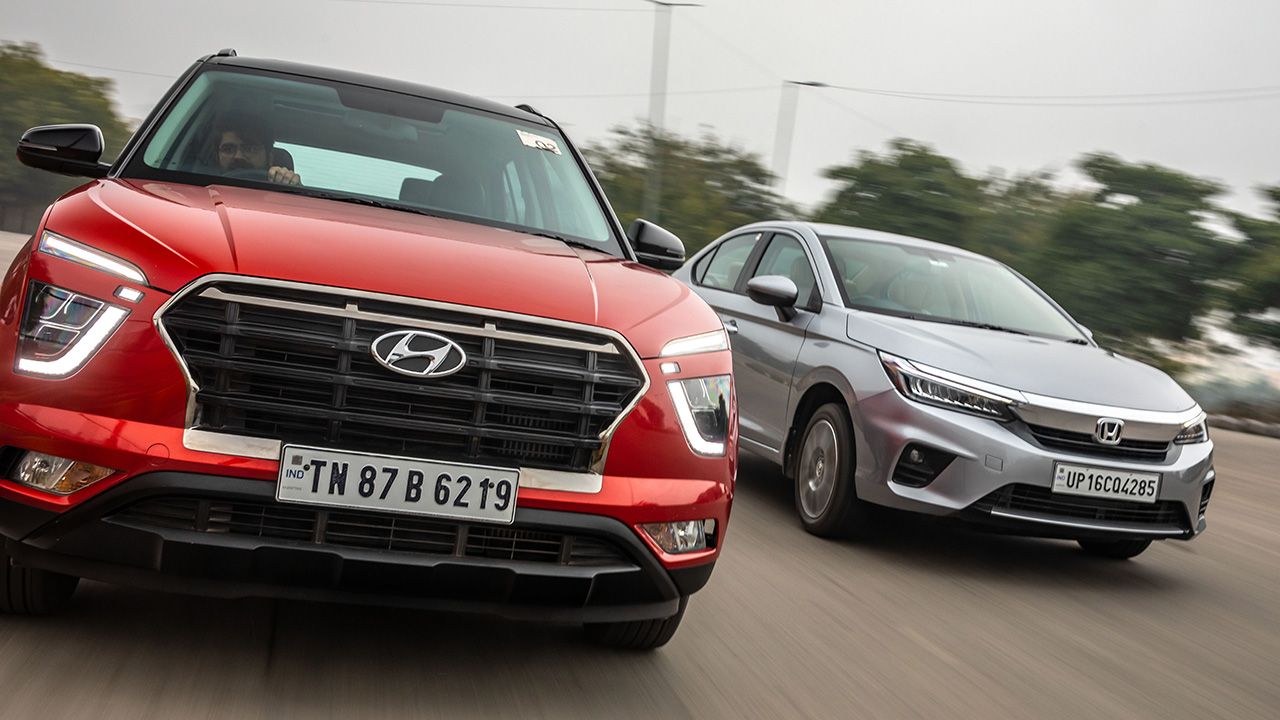
The Daily Grind
The 1.4-litre Kappa II Turbo GDi, paired with the 7-speed DCT, is designed for comfort. In most scenarios, the DCT shifts up religiously around the 2,000rpm mark. This not only conserves fuel but also keeps you at the edge of the powerband. So, when you want to make a quick overtake, simply step on the pedal, and you have enough grunt in reserve to zoom ahead. It does sometimes get a little confused whether it should shift down or just accelerate in the same gear, but the more you get familiar with the powertrain, the less you will face this issue.
Gunning it
When you are in a hurry, it’s best to put the engine in Sport mode. We’ll talk about the modes in a little more detail later, but essentially, Sport mode dials up the throttle response. The engine doesn’t feel strained when it nears the red line, but it’s a little loud and also loses some of its refinement. The shifts remain comfortable, although if you put the transmission in Sport as well, the 7-speed DCT does show a little urgency. Nonetheless, in terms of shift speed, it’s not the fastest gearbox.
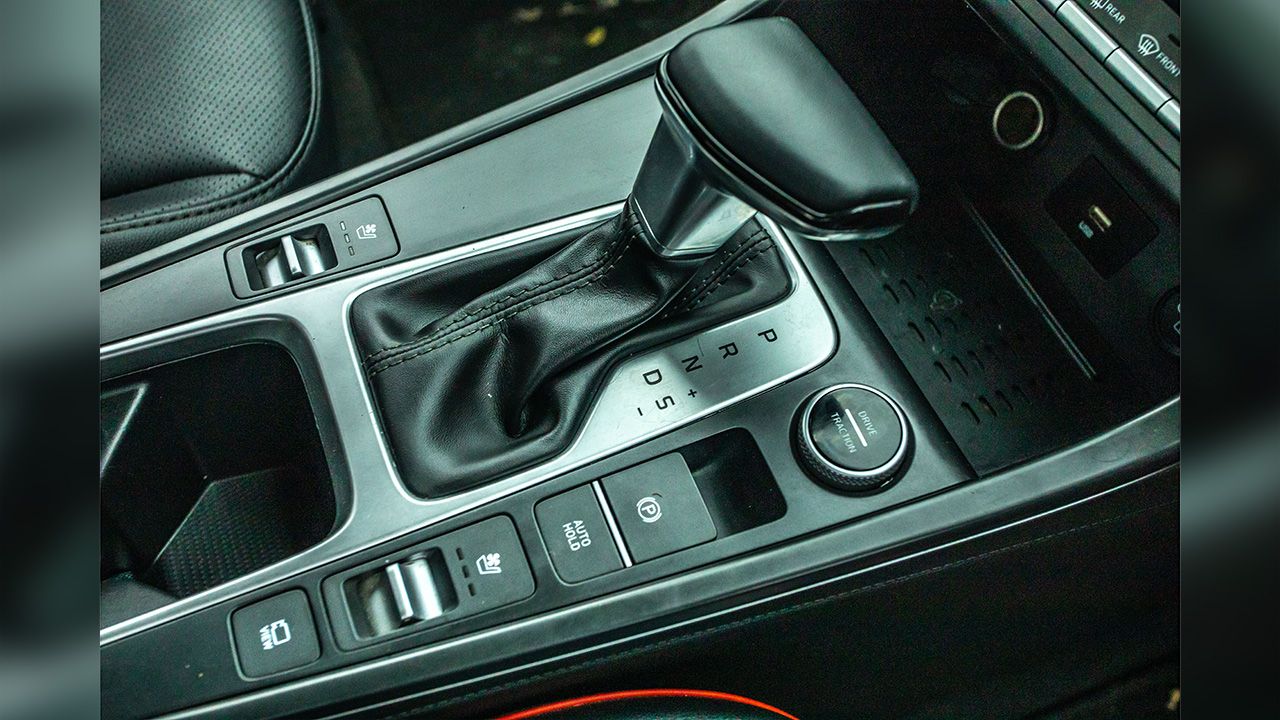
Drive Modes
There are three drive modes on offer for the engine – Eco, Comfort, and Sport. Since we have already talked about Sport, let’s move on to Comfort and Eco. In Comfort mode, the 1.4-litre Kappa II Turbo GDi simply wafts you forward. However, it’s the Eco mode that impressed me the most. What’s interesting is that, unlike other Eco modes, the one here doesn’t make the car undrivable – the throttle response feels just right for city traffic. And if you want to make a quick overtake, the engine doesn’t hesitate in delivering the grunt.
Verdict
The 1.4-litre Kappa II Turbo GDi, paired with the 7-speed DCT, is what I would call Mr Dependable. It will take care of all your driving needs, and there is no particular area in which it lacks. But, then, there is no particular area in which it excels either. And that’s why it didn’t receive a good score from anyone in our team and secured last place in this test. Nonetheless, the fact that it does okay in all departments is what makes it a jack of all trades.
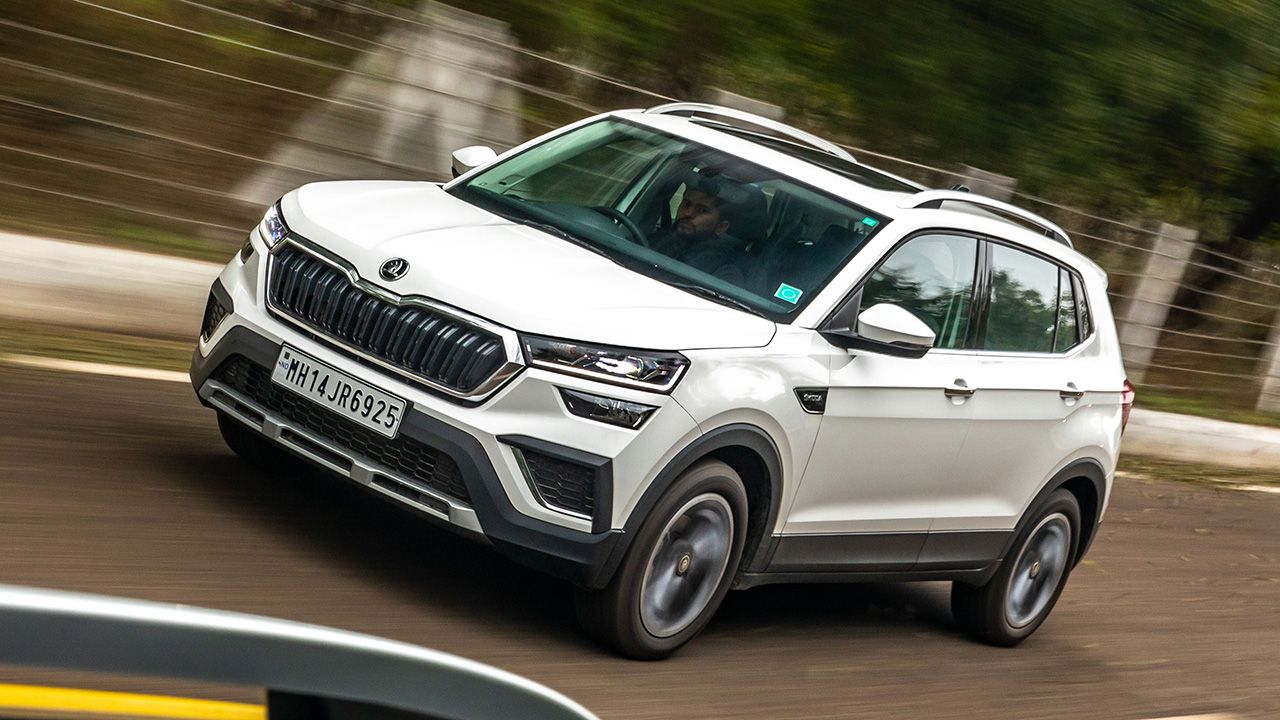
SHY OF THE MARK (1.0 TSI MT – SKODA KUSHAQ)
Words: Divyank Kushagra Bansal
The Skoda Kushaq we got for this comparison test came equipped with the Skoda-VW Group’s 1.0 TSI petrol engine (EA211, to be specific) and the MQ200 six-speed manual gearbox. In this spec, the powertrain offered 114bhp and 178Nm of torque.
A Chink in the Armour?
Across the world, TSI powertrains are perhaps one of the finest in terms of delivering performance. However, our test did reveal something interesting. You see, in this motley mix of powertrains, the 1.0 TSI turned out to be the only three-cylinder unit, which by default sent it on the backfoot. The reason? Well, it’s simple. Despite all the technological advances of the day, a three-pot mill cannot simply match up to the refinement levels of a four-cylinder unit. So just on this front, the 1.0 TSI lost out on some points. But on its own, it is without a doubt a potent motor that has a lot to offer. Since our test included both city and highway driving conditions, the 1.0 TSI got the perfect opportunity to showcase its versatility.
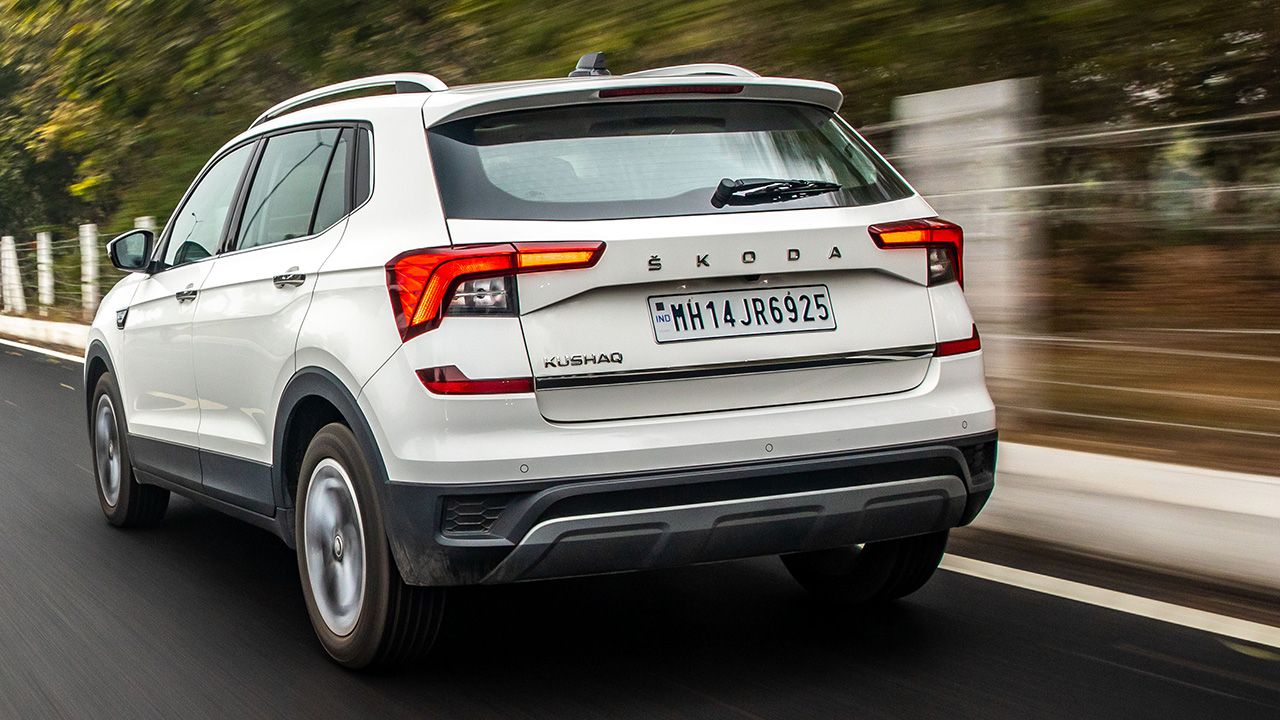
Blinders On!
If I strictly focus on the engine-gearbox pairing and how it performs in various driving conditions, I must say that the 1.0 TSI powertrain offers exemplary performance and driver involvement. While the engine isn’t the most responsive lower down in the rev range, particularly below the 1,800rpm mark, it certainly comes into its own through the mid-range. In my opinion, that’s where its sweet spot lies. Once the turbo spools up, the engine delivers plenty of power throughout the remaining rev band and, thanks to its rev-happy nature, the motor never really runs out of steam. This makes the 1.0 TSI not only an enjoyable motor to use in the city but even on the highway, thanks to the strong mid-range, one does not have to think twice to undertake overtaking manoeuvres.
The MQ200 is also a peach of a gearbox to use. The shifts are not only quick – the well-defined gates also make shuffling through the gears even more enjoyable. In general, it feels like a gearbox with direct, positive shifts. However, there’s still some scope for improvement. For example, the gearbox feels a bit notchy while changing gears at low speeds. That’s because the low-speed engine rattle of the three-cylinder also finds its way to the gearbox. This effect is particularly noticeable while slotting into the first gear.
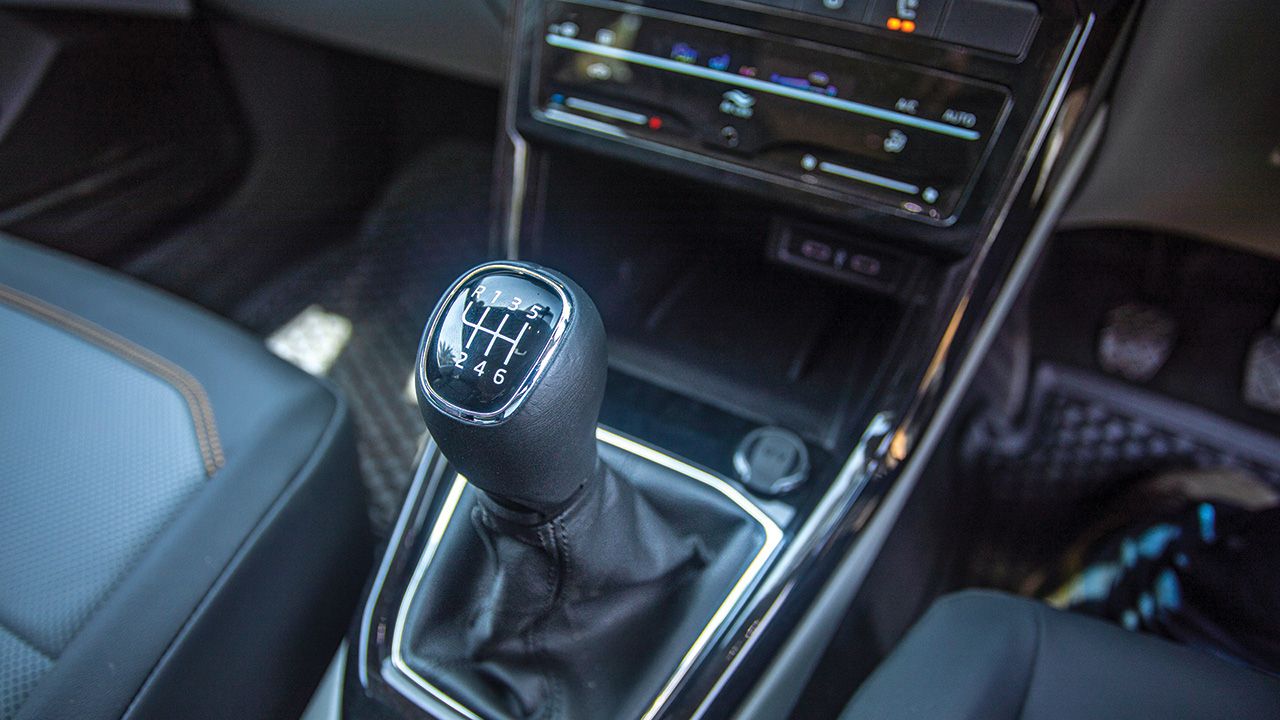
Conclusion
In my opinion, what the 1.0 TSI motor lacks in NVH and refinement is compensated for on the performance front. For a car the size of the Kushaq, the engine offers ample power, and the effortless gearbox only adds to the overall driving satisfaction. This assessment speaks volumes about the potency of TSI engines and brings me back to the line I mentioned in the beginning. While TSI powertrains, on their own, are superbly engineered, the 1.0 TSI, in this comparison, fell a bit short of the mark. But if you are a devout TSI fan and don’t seem to be pleased with this conclusion, do check out what the team had to say about the larger-capacity 1.5 TSI EVO powertrain fitted in a VW Taigun (which you can also choose in the Kushaq, of course).
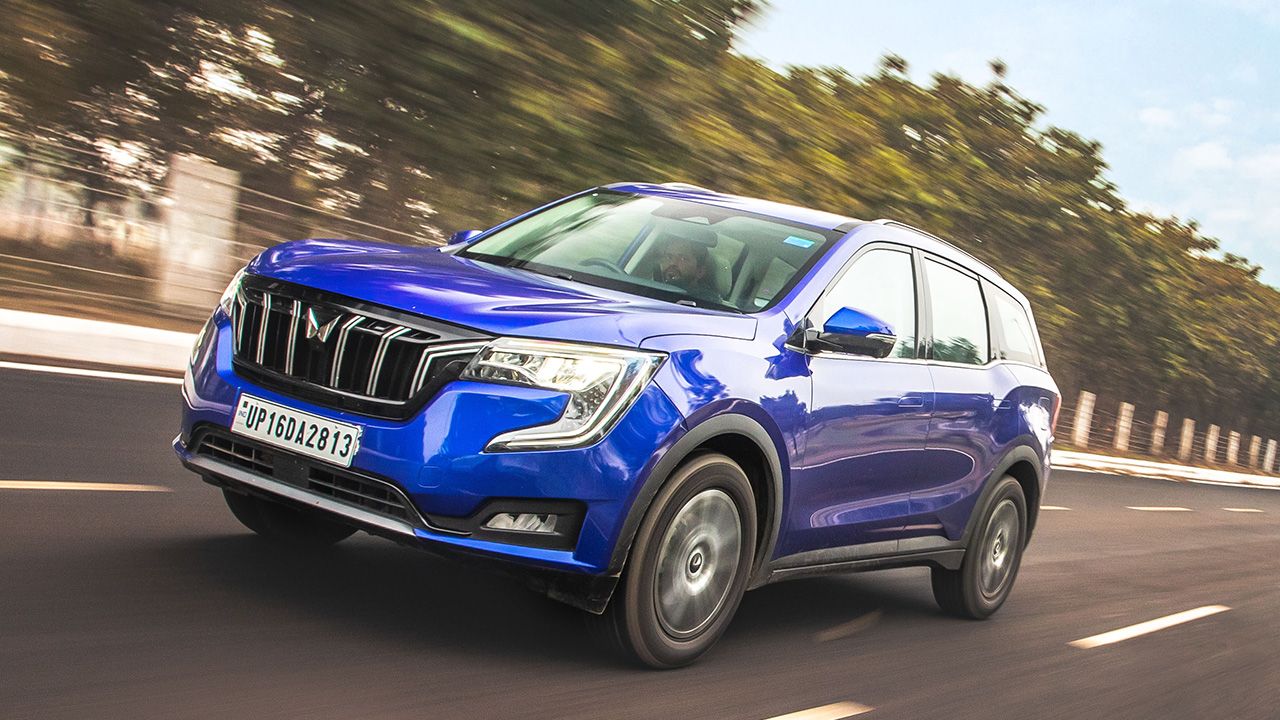
TAMING THE HULK (2.0 mSTALLION T-GDi – MAHINDRA XUV700)
Words: Arushi Rawat
Fuel runs can be tedious for a heavy-footed automobile journalist. I like to think of it as a testament to how far journalists will go, in the name of science, to calculate the fuel efficiency of a vehicle. In my case, it proves that I am capable of driving like an old lady. Why do I say so? Well, that’s because I managed to extract a fuel efficiency of 10.3km/l from a 2.0-litre turbocharged petrol engine mated to a 6-speed torque converter automatic gearbox, while others could only achieve single-digit figures in the same vehicle.
Nerves of Steel
A year ago, we saw Mahindra’s applause-worthy range of diesel and petrol engines on the Thar, and the same duo does duty on the XUV700 with significantly more power and torque. Here, I am talking about Mahindra’s mStallion petrol engine, which is the most powerful petrol engine in the segment – churning out 197bhp and 380Nm. These figures are extremely impressive on paper and, while at no point will the XUV pin you to your seat, the engine feels responsive. And despite the fact that the XUV has a rather flashy presence on the road, the engine is exactly the opposite – with exceptional smoothness and virtually no vibrations. The automatic gearbox shifts without fuss, although sometimes it upshifts too soon in an attempt to be more fuel-efficient, which means paddle-shifters, if offered, could be quite handy.

The Bottomless Well
The almost 200bhp mStallion engine feels like a caged Hulk in traffic, and did make us wonder how much of that grunt you could actually use during your daily commute? For the testing team, this was one of the most sought-after powertrains, and this engine even scored the highest marks (9.1/10) in terms of performance. Alas, it also scored the lowest for both fuel efficiency and fitness of purpose. This petrol variant misses out on drive modes that are offered in the diesel variant (Zip, Zap, Zoom and Custom), and the result of a sole driving mode is a very thirsty petrol engine. Yes, the 10.3km/l I achieved is impressive (and rare, going by the experience of my colleagues) for a mix of city and highway driving, but is just about touching double digits in terms of efficiency enough to justify the XUV700 as a daily driver?
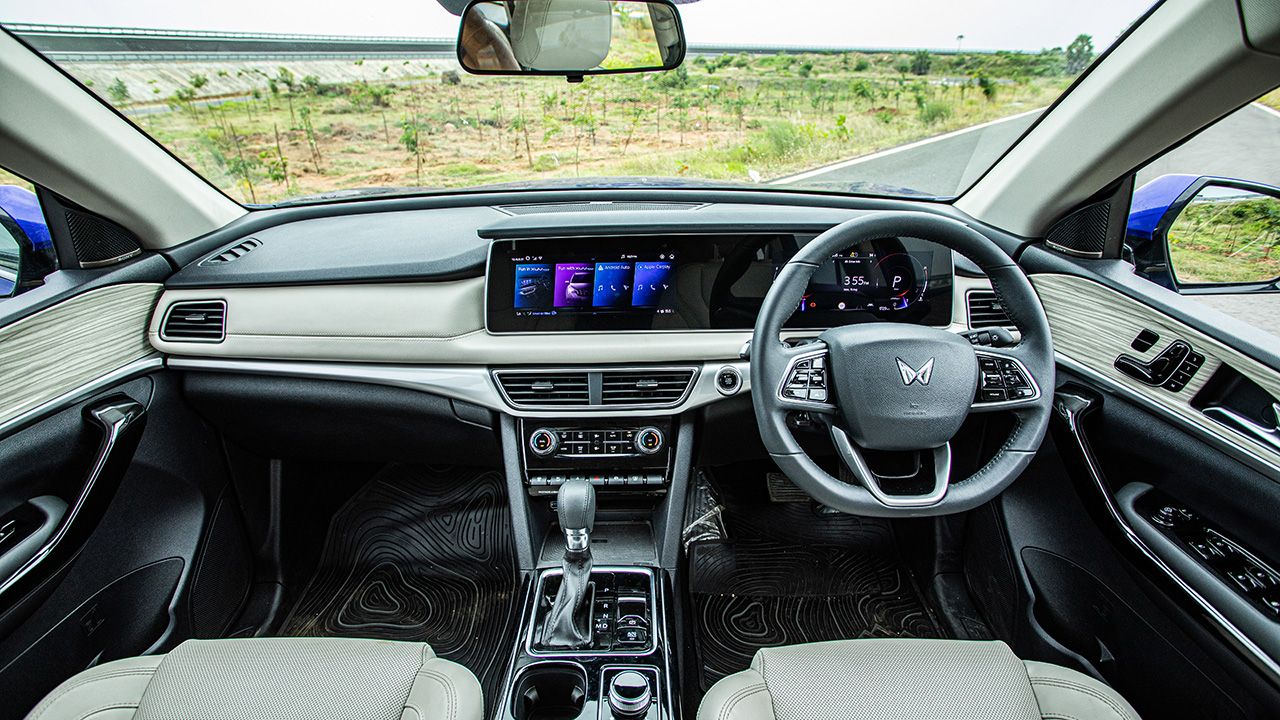
Verdict
At times, this 2.0-litre petrol engine behaves like a diesel mill, as the torque kicks in below 1,500rpm, which almost makes you forgive it for its slight turbo lag. Post that, it accelerates beautifully, and, like the Hulk, its power reserves seem endless. The mid-range is good for a quick overtaking manoeuvre, while peak power is developed at 5,000rpm. But, in all probability, it’s because of my obedient and almost-learner driving style that it returned a fuel efficiency of 10.3km/l – and that’s why I didn’t fight to take the XUV home and instead drove off into the sunset (without having to stop for fuel I might add) with the winner of this test.
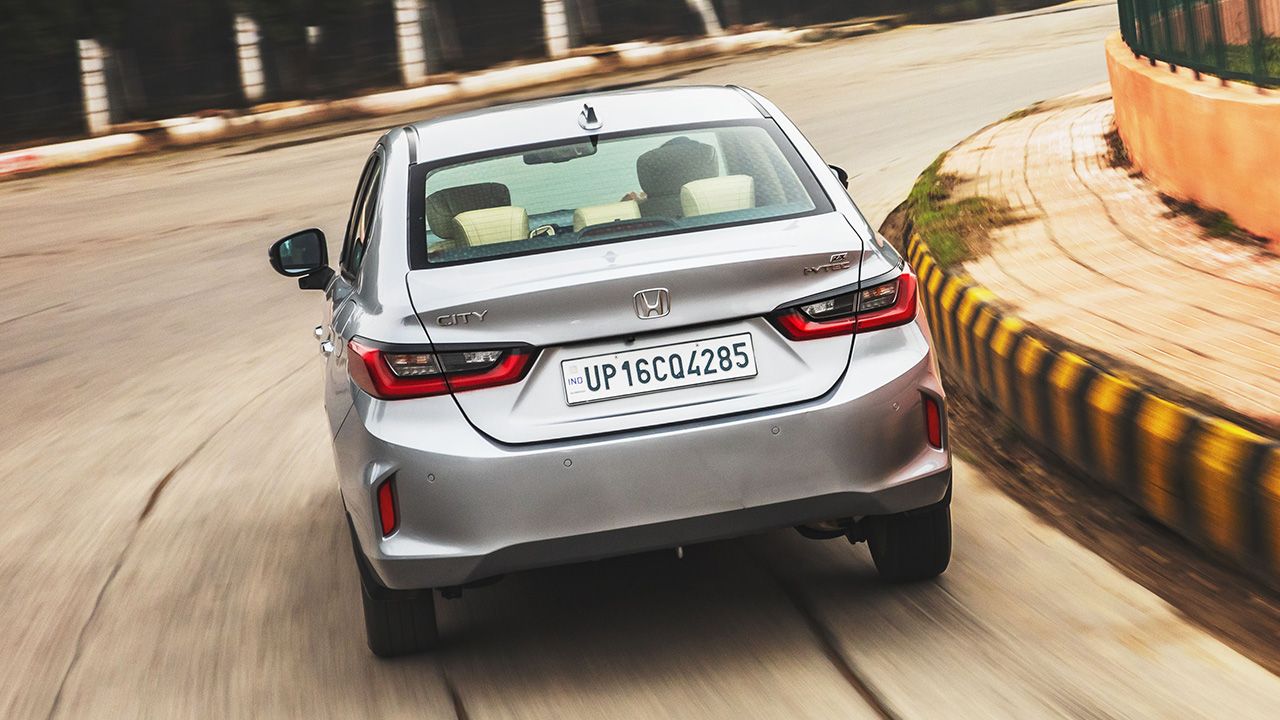
HORSES FOR COURSES (1.5 i-VTEC – HONDA CITY)
Words: Shivank Bhatt
For more than two decades, Honda City has been flying the i-VTEC and NA flag high. While forced induction became the norm for small cars in India and around the globe, the City unfailingly stuck to its roots and soldiered on with a high-revving naturally aspirated motor to date. In 2020, Honda brought in the all-new fifth-gen City. The latest iteration of the sedan may look boring on the surface, but the moment you crank its all-new 1.5-litre i-VTEC motor and get going, it straightaway blows your mind.
Rev Maniac
With 119bhp and 145Nm of torque on tap, this new twin-cam i-VTEC engine is an absolute peach. At low revs, the engine is tractable, which means that you can move around effortlessly in slow-moving traffic in 2nd gear. But once you rev it past 4,000rpm, it no longer remains sheepish – it gains momentum with the ferocity of a wolf out on the hunt. There’s a clear step up in terms of performance around 4,500 – 5,000rpm, making the voices in your head go, ‘VTEC just kicked in yo!’
Keep the throttle pinned, and you’ll experience its addictive sense of speed as you watch the tacho needle rush towards the engine’s 6,800rpm redline. Sure, this unit isn’t the last word in terms of refinement, but it makes all the right noises. At least, from a petrolhead’s point of view, the engine’s coarse character gives you a greater sensation of speed. You can feel there’s a lively heart beating under its bonnet. I, for one, simply love it.
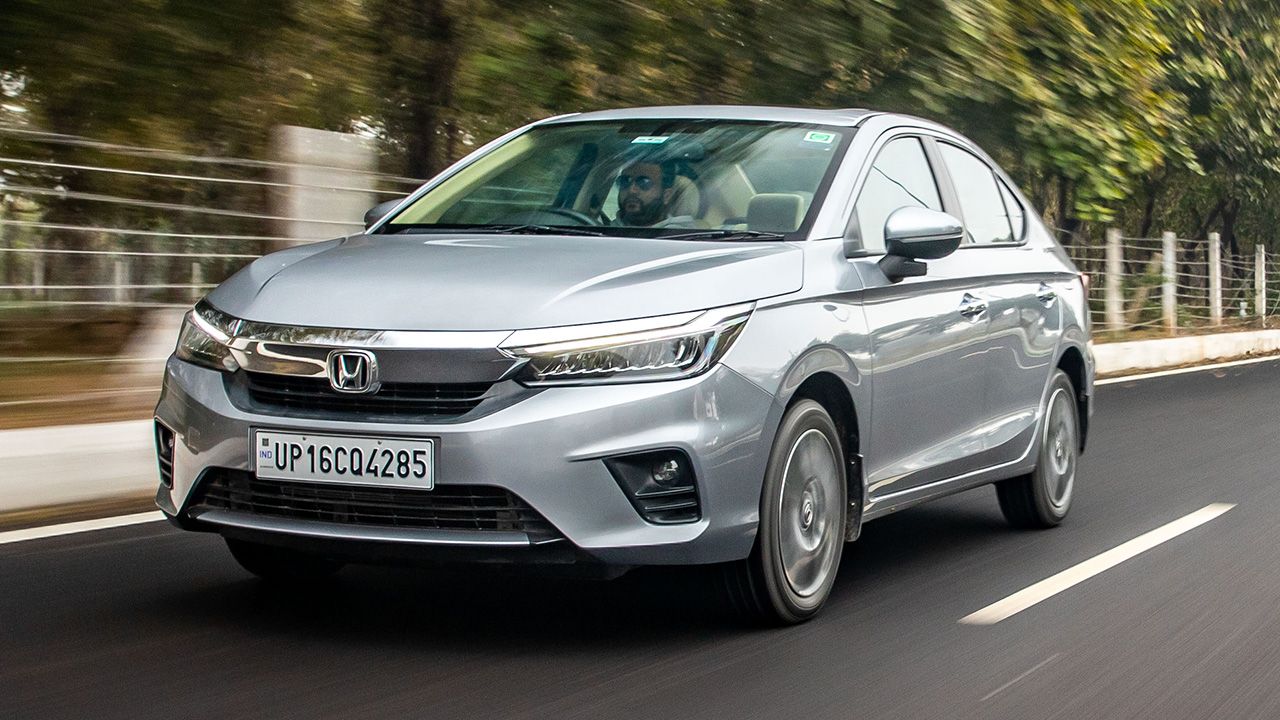
Fun & Efficient
What’s more, despite being a high-revving motor, the i-VTEC engine has a very strong mid-range. Part throttle inputs result in a sudden lurch, and there’s virtually no delay in delivering the goods. Not to add that the fuel efficiency is also pretty impressive. In mixed driving conditions, the City i-VTEC returned 15km/l, which is damn impressive for a car of its shape and size.
Now, while the engine is a stunner, the 6-speed gearbox is a work of mechanical art – short, precise, and well-defined gates, coupled with a short-travel and light clutch, make the City’s powertrain effortless and unparalleled fun. I, especially, love the way the gear lever slots into gates with its snip-snap action.
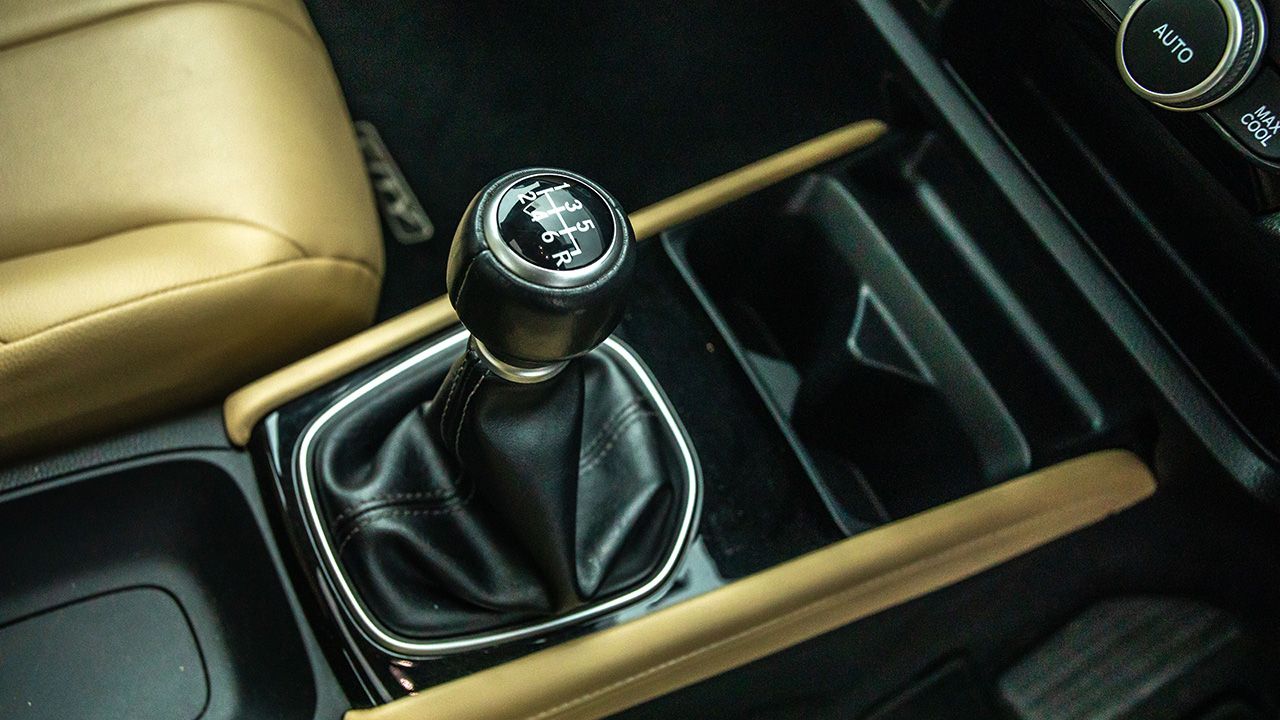
Is there anything that’s not good about this engine? Well, not really. But most of us thought that this i-VTEC definitely deserves a more potent chassis. And that’s why some of us gave it less-than-perfect scores in the fitness-to-purpose category. An addictive high-revving motor such as this needs a platform that’s more capable of harnessing its potential. In a car like the City, which is basically a no-nonsense family sedan, this engine may look a little out of place to many. For instance, you don’t want to rev the nuts off the motor with your mom and dad in the back seat. But the good, or bad, thing is that you can’t stop yourself from riding that mad VTEC surge. Honestly, the moment you crank the engine, you can’t just stop your right foot from planting the go-pedal to the floor. And, for this reason alone, I found the i-VTEC engine to be the most exciting of this lot.
Long story short, if you’re old school and want a thrilling and modern no-compromise petrol engine, the i-VTEC motor is in a class of its own.
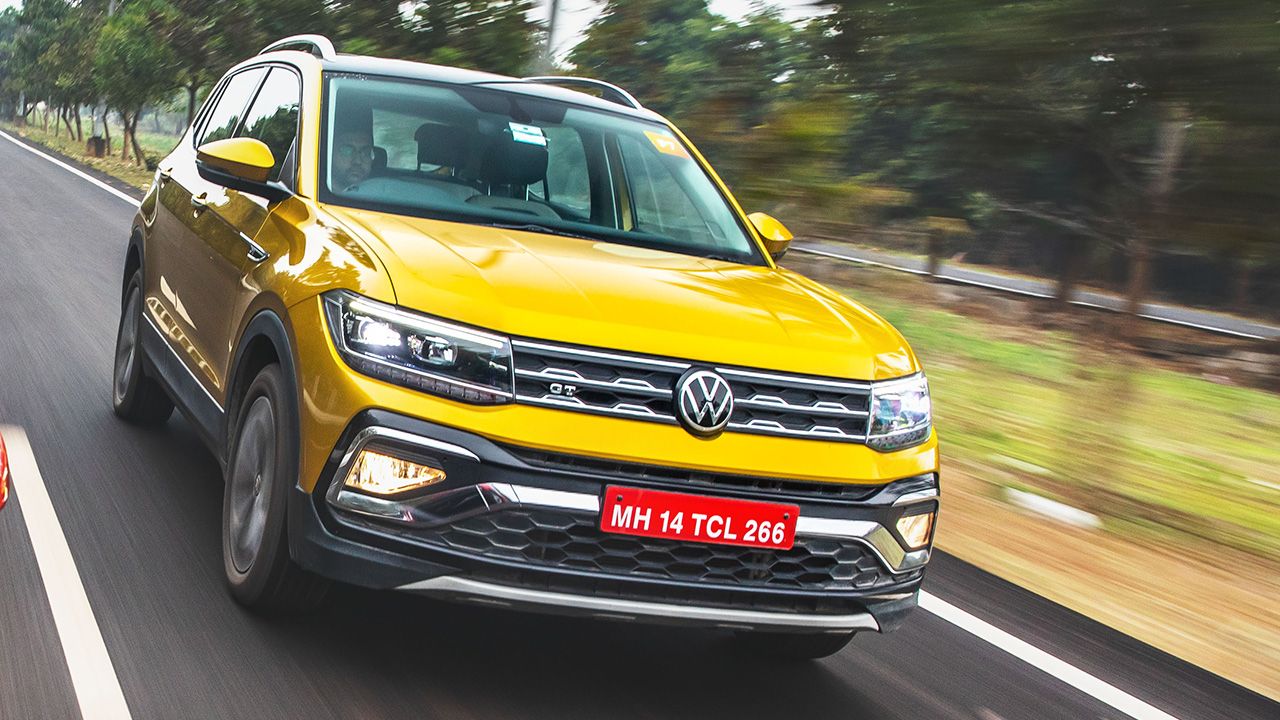
ALMOST PERFECT (1.5 TSI EVO – VOLKSWAGEN TAIGUN)
Words: Karan Singh
All the cars in this test are priced under ₹20 lakh, and the price of a car usually reflects on the level of sophistication of its powertrain. In simple terms, a more affordable car would be built on a tighter budget, usually leading to less R&D and more shortcuts. It’s not a hard and fast rule, of course. All the contenders in this test defy it with their great mechanicals, but the Taigun defies it a bit more than the rest. The 1.5 TSI Evo, also available on the Skoda Kushaq, is part of the latest EA211 Evo family of engines. It uses cutting-edge tech like a Miller-cycle combustion process, which increases efficiency, an aluminium crankcase, coated cylinder walls, a variable geometry turbocharger, and even active cylinder management. It really is cutting-edge and feels like it too.
Everyday Hero
The engine offers good low-end torque and delivers power linearly till 6,000rpm. And, at 147bhp and 250Nm, the 1.5 TSI has adequate reserves of both. There’s very little turbo lag here and in all honesty, there’s not a very noticeable punch when the turbo spools up either. The 1.5 TSI feels almost naturally aspirated, which is also thanks to how smooth and refined the motor is. In comparison, the smaller 1-litre TSI has peakier power delivery, with a more pronounced shove in the mid-range. But, I digress, let’s get back to this 1.5 TSI.
On the highway, you can easily hold triple-digit cruising speeds with the engine working away silently. Long distances can be covered without any sweat and even when you’re making good time, the engine won’t burn a hole in your pocket with the fuel bills – more on that later.
Match Made in Heaven
While you can have this 1.5 TSI with a manual gearbox, it’s the DSG that goes with it like cheese on pizza. Volkswagen’s dual-clutch unit isn’t as smooth or seamless as some of the other automatics in this test, but the DSG shifts faster than you can blink and kickdown is quick when you need to make sudden overtakes. The ’box is smart enough to shift up and save fuel when it realises you’re no longer hooning around, even if you leave it in sport. The paddles add a little more engagement to the driving experience, but the DSG is so good at its job that you rarely need to use them.
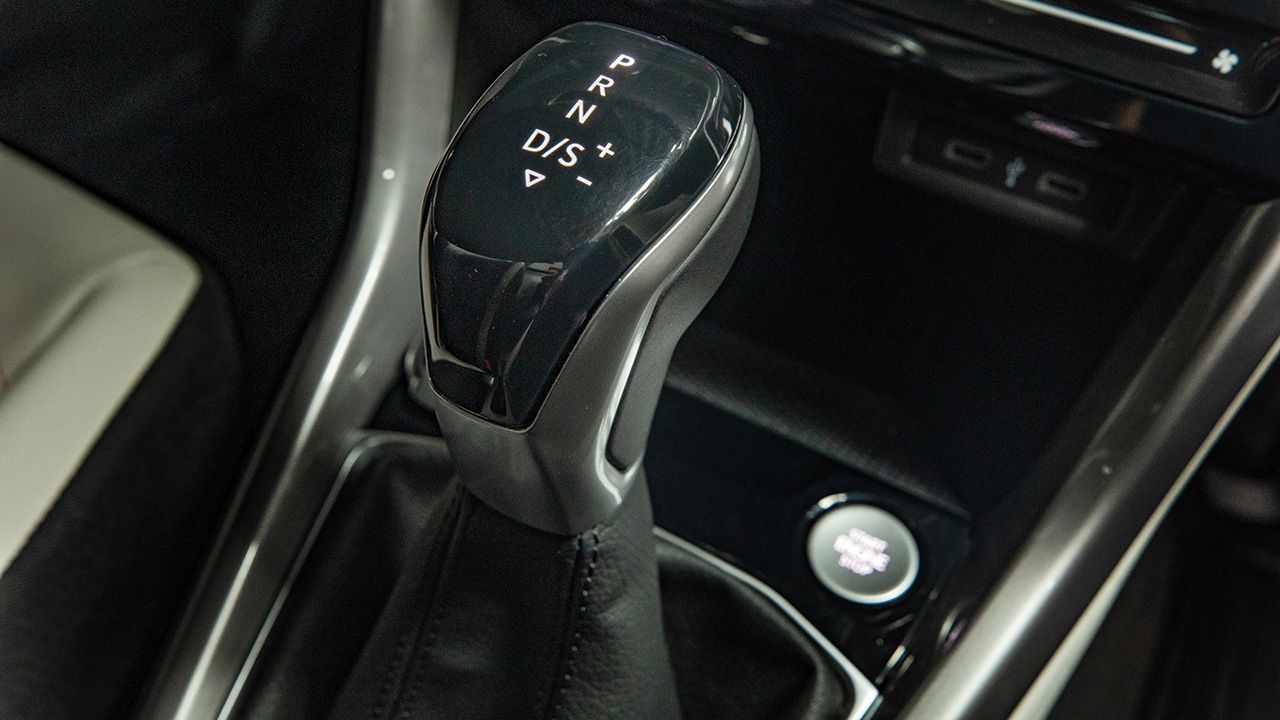
Small Sips!
Fun aside, the active cylinder management tech also allows the punchy 1.5 TSI to be fairly economical, going into two-cylinder mode seamlessly whenever possible and giving the efficiency a big boost, which is further helped by a clever start/stop system. The two-cylinder mode isn’t just for city speeds either. It can go into two-cylinder mode even above 100km/h and you can easily eke out 20km/l on the highway unless you’re really caning it.
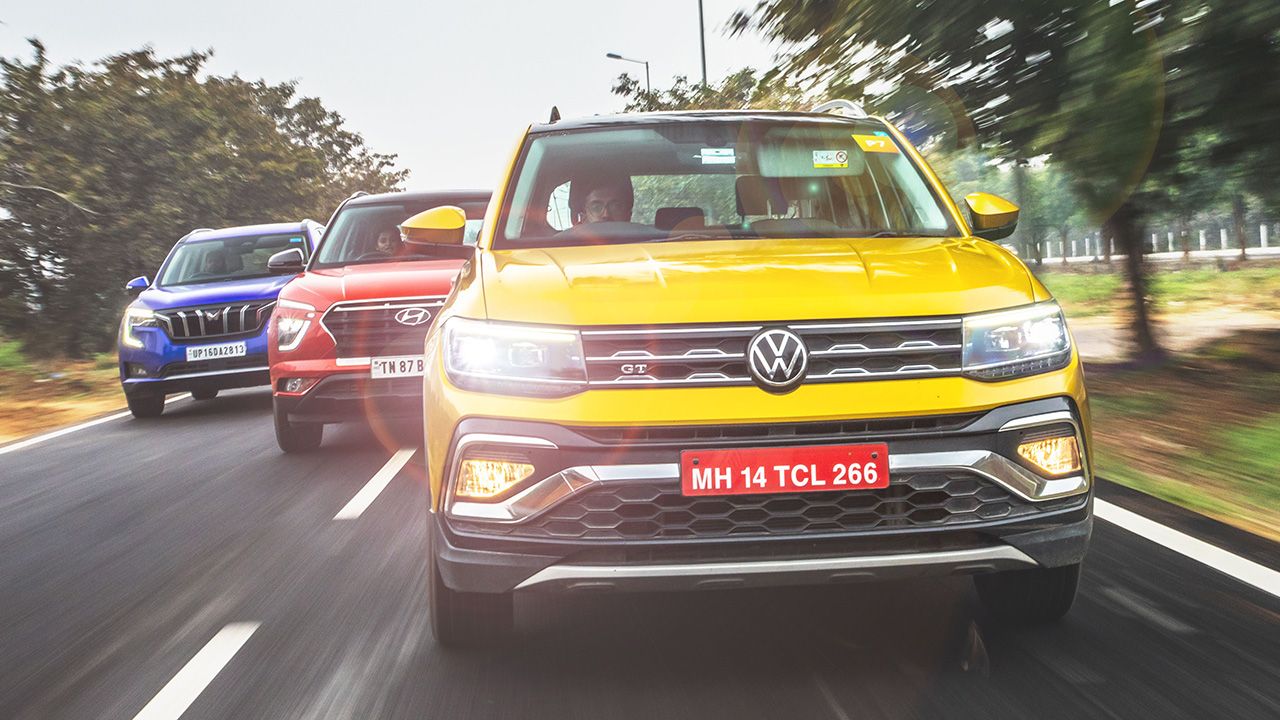
Verdict
The 1.5 TSI is fun, economical for the performance it offers and silent unless you’re caning it. As a match for the Taigun, it’s like a hand in a glove – there’s really no engine-gearbox combination that would work better here or in the Skoda Kushaq. And, this 1.5 TSI Evo is also set to power the Skoda Slavia and the upcoming Volkswagen sedan – fun times ahead!
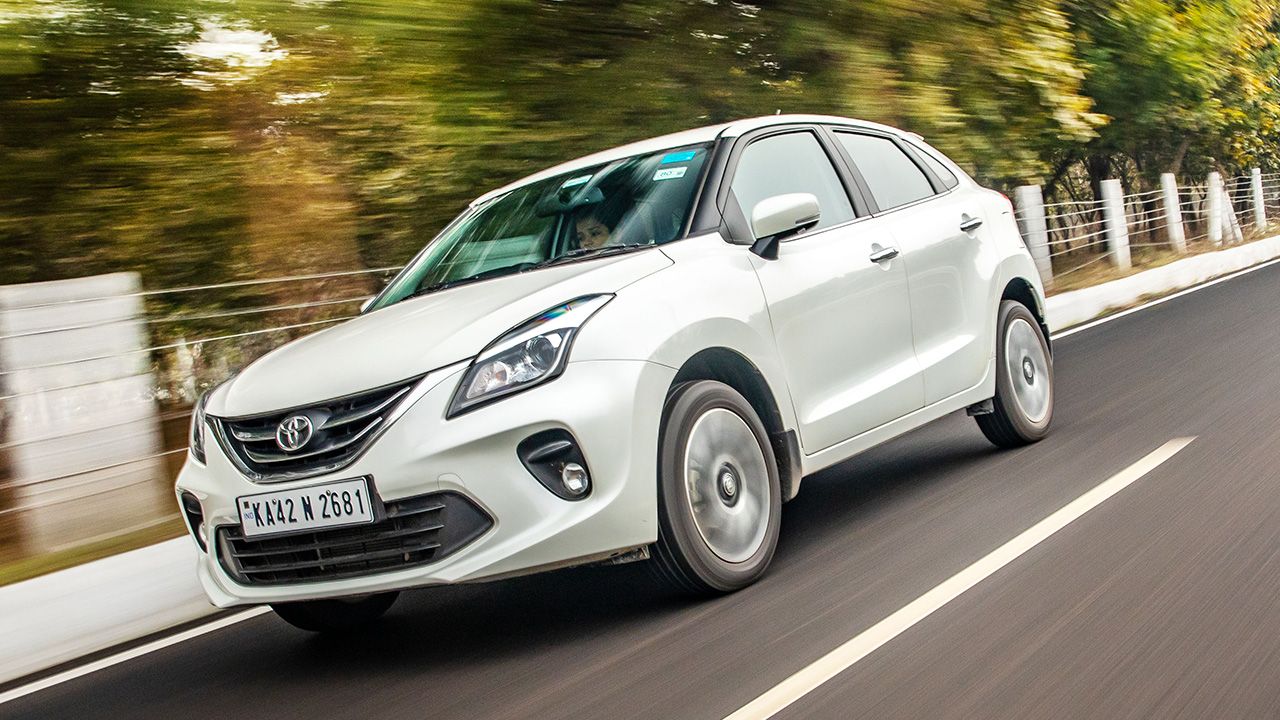
CLASS TOPPER (1.2 DUALJET VVT – TOYOTA GLANZA)
Words: Shivank Bhatt
When the oh-so-boring Toyota Glanza showed up for this test – in a dull white paint job, no less – nobody seemed remotely interested in picking up its keys. No surprises there, for the Glanza – or the Maruti Suzuki Baleno that it’s based on, for that matter – are so commonplace that they barely evoke any emotion. Looking at one gives you the same sort of excitement as seeing your milkman every day.
Joker in the Pack
But then, in the final scores, we realised that all along it was the dark horse (paint-job notwithstanding) in the running here. The Glanza’s K12N motor was unanimously chosen as the winner. That’s correct! The free-revving naturally-aspirated Suzuki mill beat all the odds and came out on top, pipping its fresher turbocharged counterparts. Surprised? So were we!
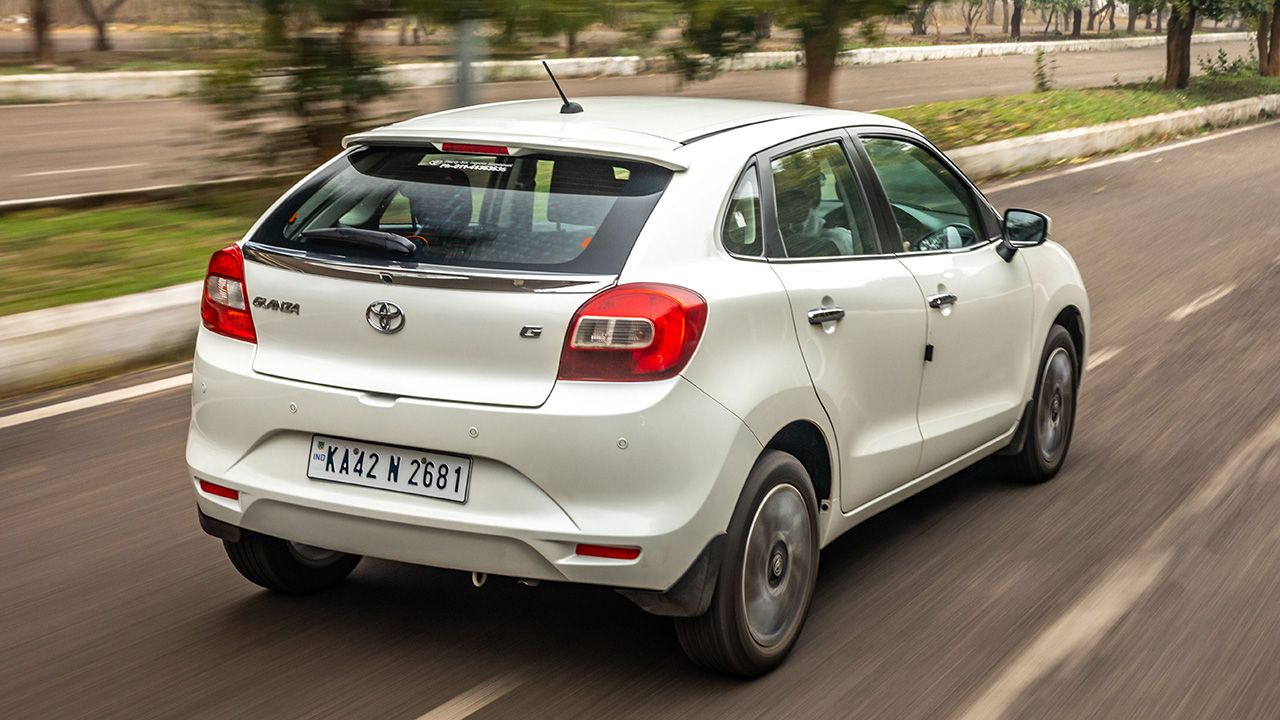
To fully understand why and how it won, you first need to get that milkman image of the car out of your head. Remember, we’re prioritising the engine above and over everything else here, which means that it’s not about the overall product. Now, in that regard, the K12N motor is an absolute rock star. In fact, calling it flawless won’t be an overstatement.
Let’s start with its performance. It may not pack a hundred horses under the bonnet, but this engine is no slouch. The acceleration is brisk, throttle response is peppy, and the way it builds momentum, well, is simply effortless. But that’s not all! The motor has a distinctive character – it chases the redline like America chases oil, and somehow it also manages to sound sporty while at it. There are no unwanted noises – the refinement levels are exemplary. And to top it off, thanks to the mild-hybrid tech, the fuel economy is simply mind-blowing. It returned a phenomenal 21km/l overall!
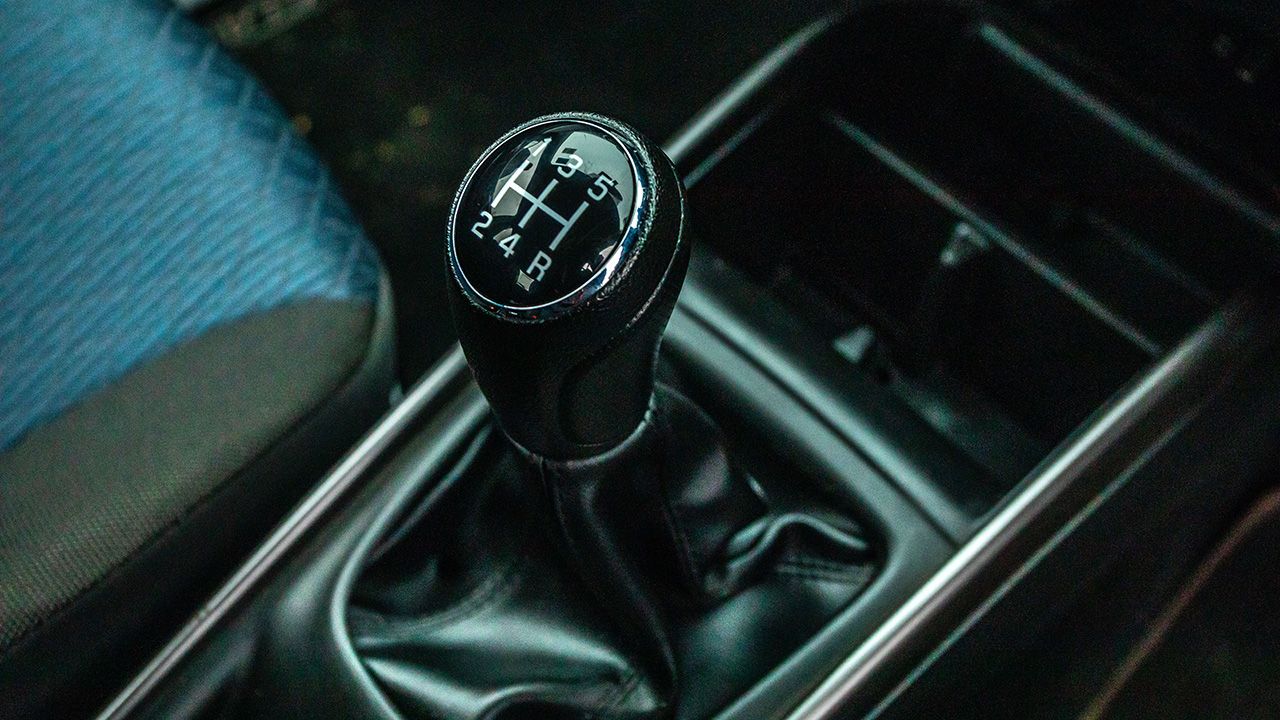
Magic Box
What impressed us the most, however, was the gearbox with perfect ratios. The combination of this four-cylinder motor with the silky-smooth five-speed manual tranny is a marriage made in heaven, honestly. With its short and precise throws and a light clutch, it’s jolly good fun to drive. Whether you are driving on your favourite hill road or pulling quick overtakes in traffic, this drivetrain never stops singing and dancing.
Truth be told, none of us wanted the Glanza to win. But, in the end, we just couldn’t ignore how goddamn amazing this engine is! What’s more, the K12N engine’s top scores in this test are also reflected on the sales charts. It’s been the best-selling petrol engine in the country for years now. The Swift, the Dzire, or even the WagonR (without the dual-jet tech) are all powered by this little powerhouse.
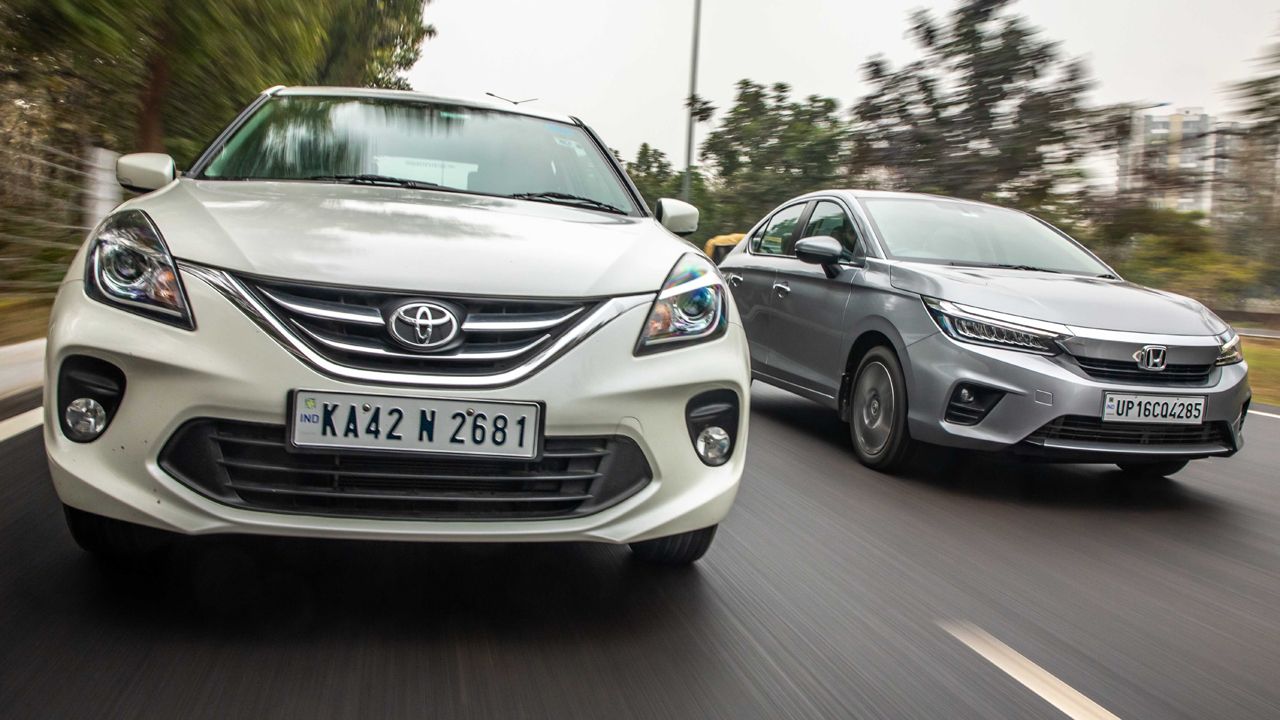
Overall, the K12N engine offers punchy performance, effortless drivability, impeccable refinement & unbelievable fuel efficiency. And when you consider its fitness of purpose, it’s impossible to fault it. For a small hatchback or a compact sedan, this 1.2-litre four-cylinder makes a compelling case. It’s the right size and delivers a fine balance of performance & fuel economy.
The K12N engine, then, doesn’t just meet all expectations but also excels in virtually all parameters. It’s the country’s favourite petrol engine right now, and deservedly so!
Read more:
Petrol vs Diesel Comparison: Kia Sonet vs Hyundai Creta vs Honda City
| Parameters | Points | Score |
|---|---|---|
| Performance | 10 | 8 |
| Fuel Efficiency | 10 | 6.2 |
| Fitness of Purpose | 10 | 8.05 |
| Gearbox | 5 | 3.2 |
| Refinement | 5 | 3.4 |
| Tech | 5 | 3.45 |
| Fun Factor | 5 | 3.33 |
| Total | 50 | 35.6 |



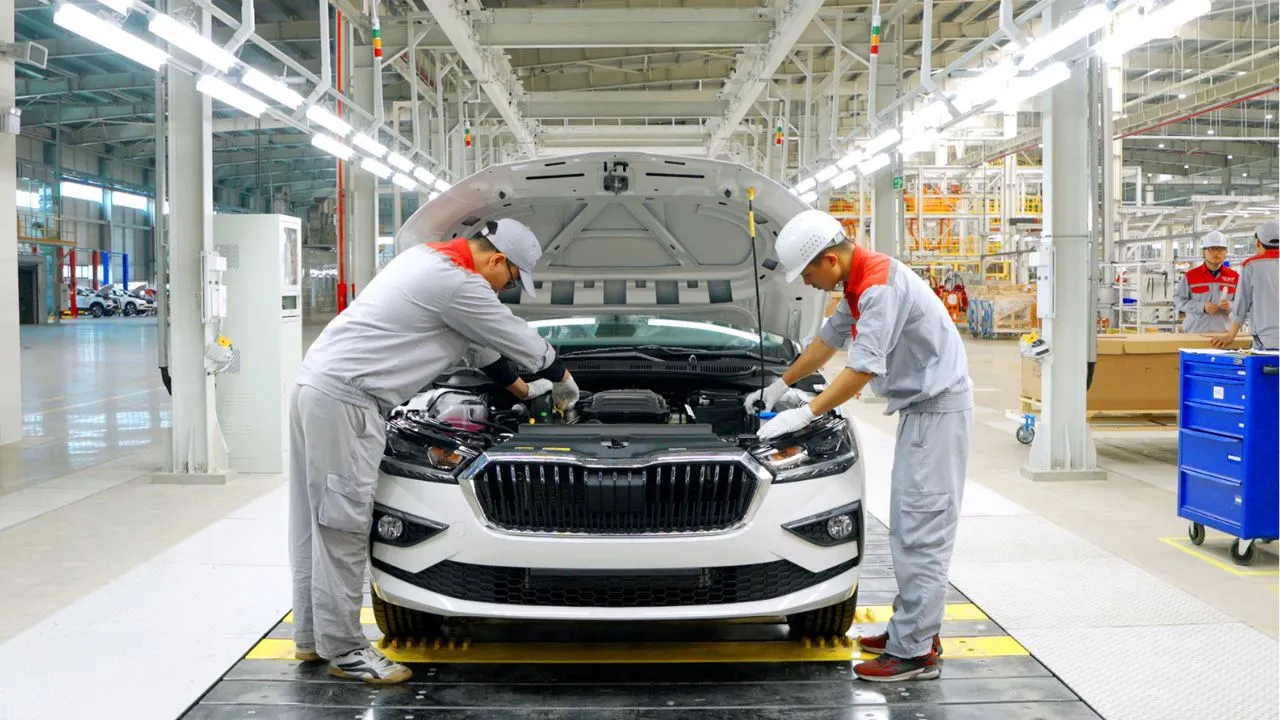
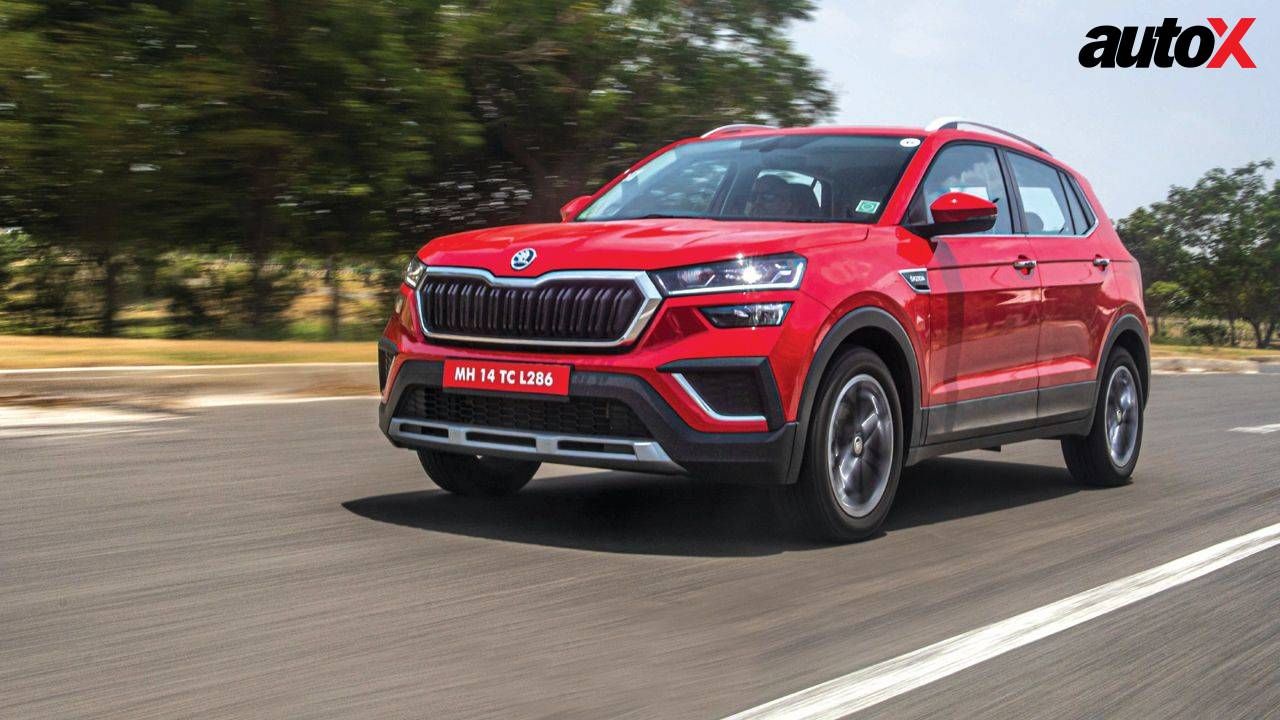
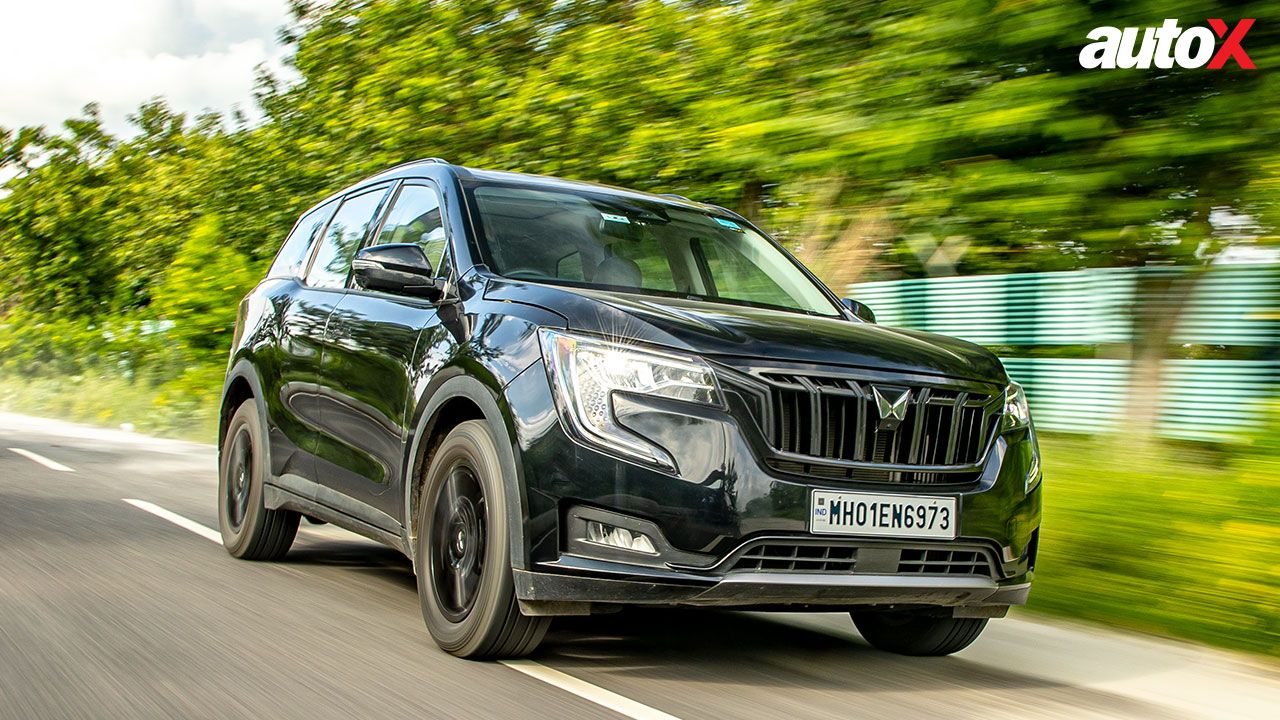
Write your Comment on